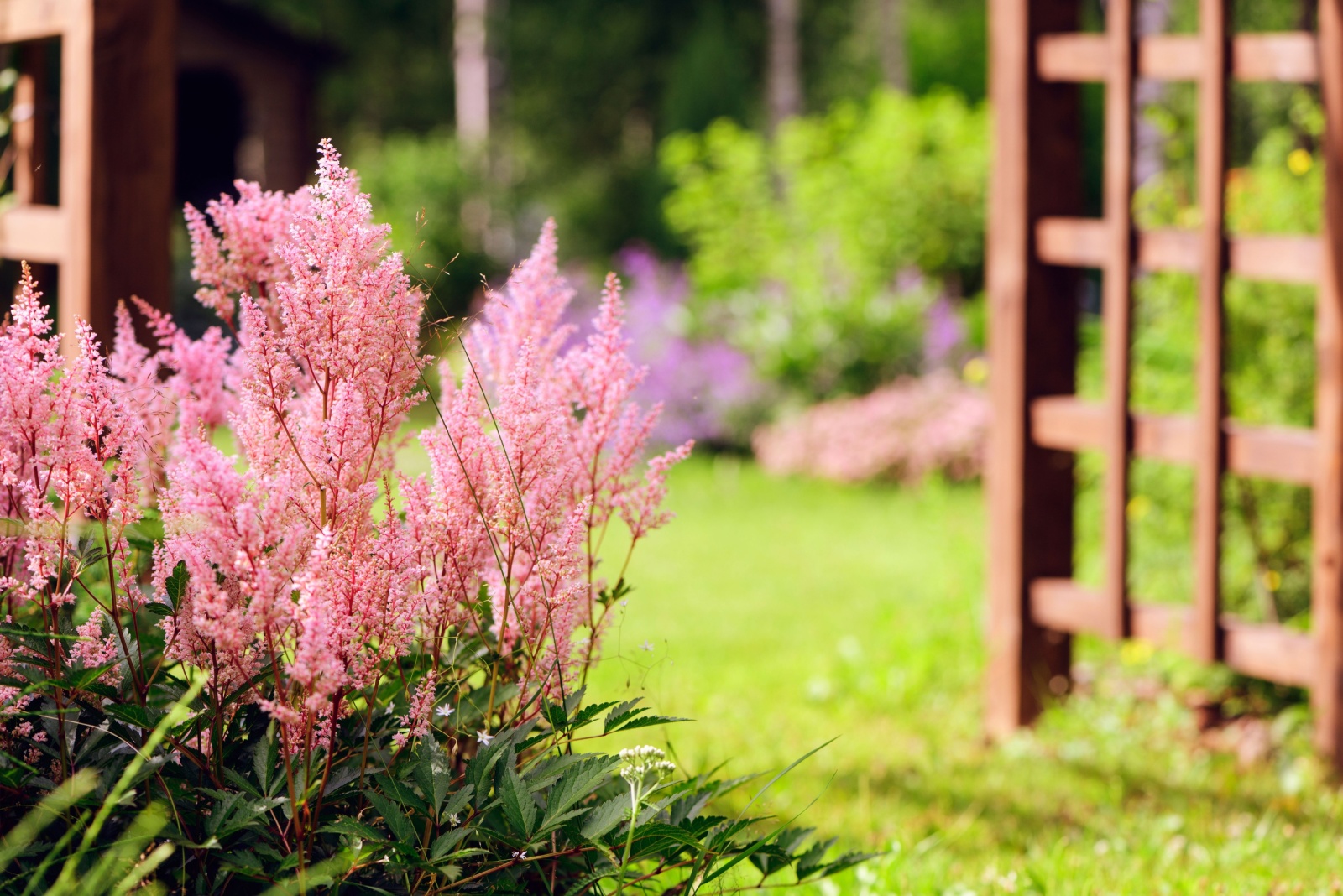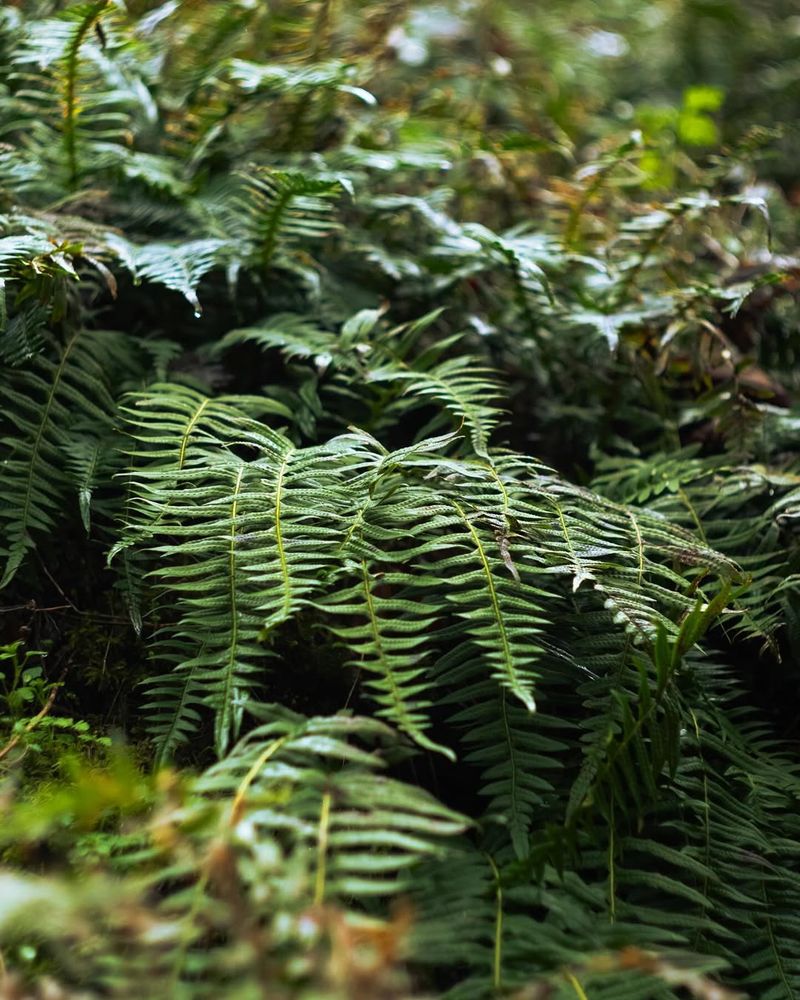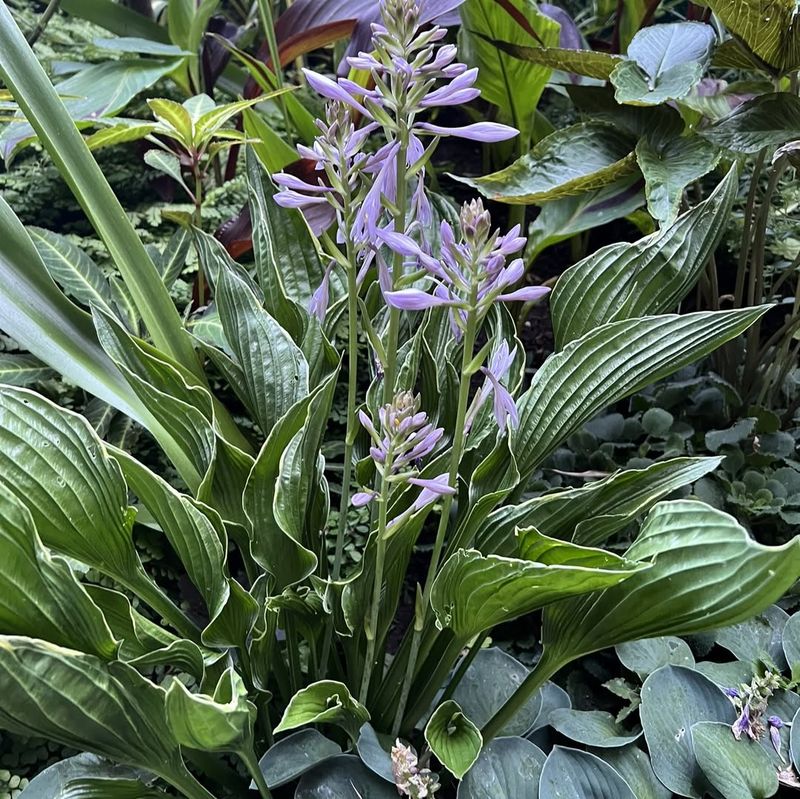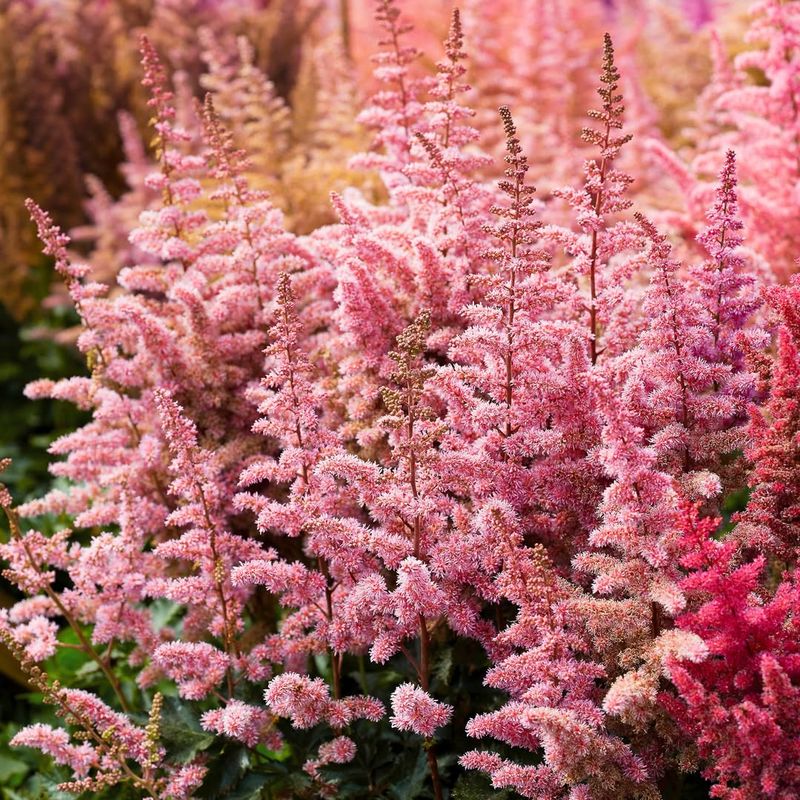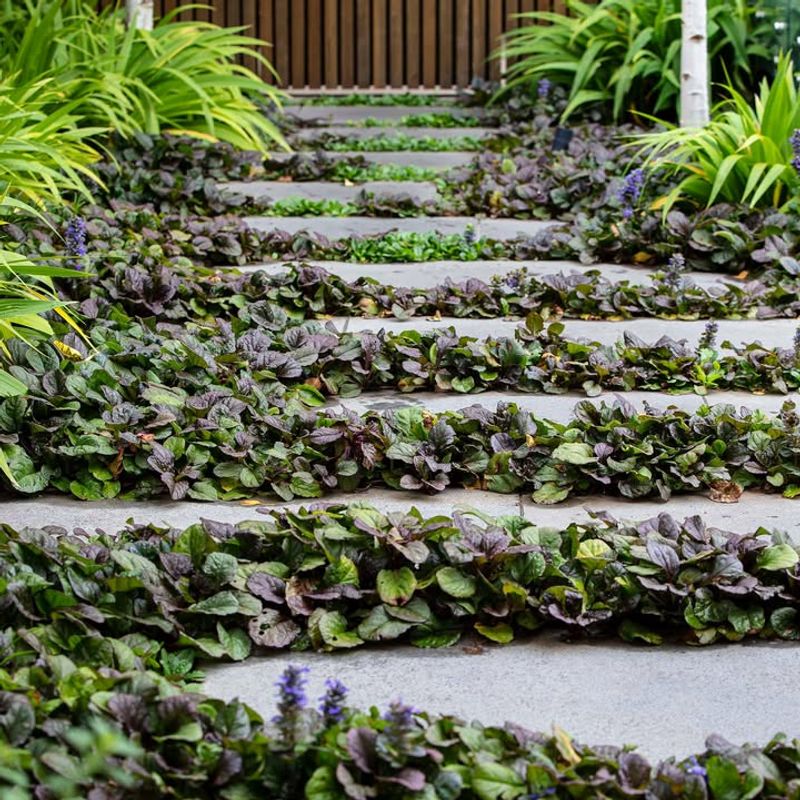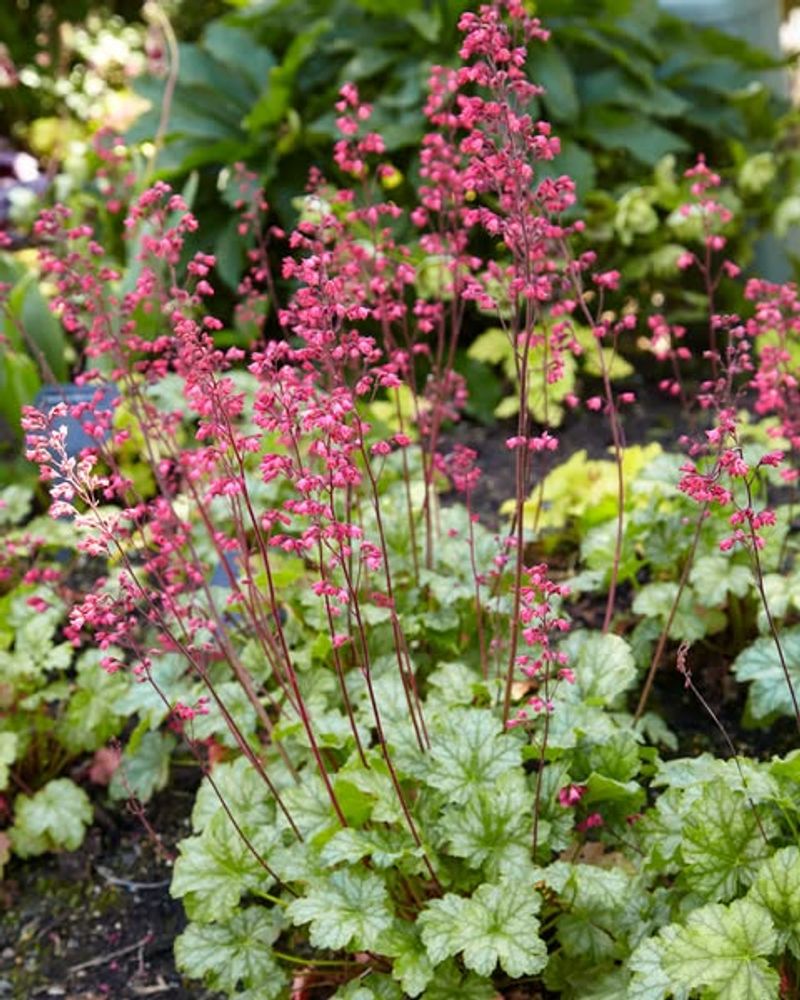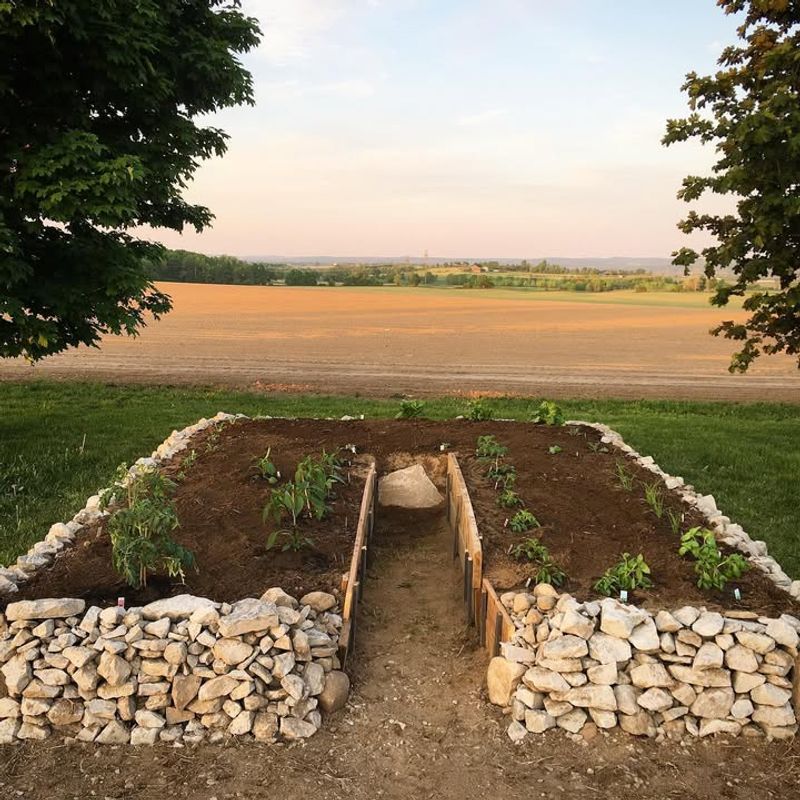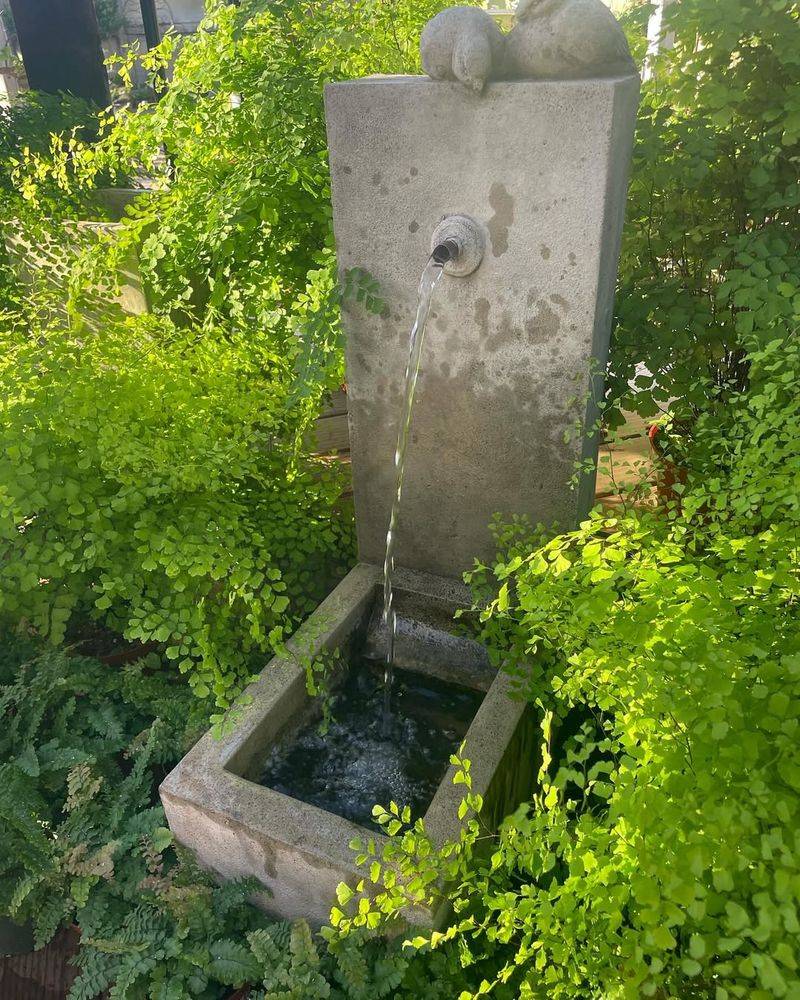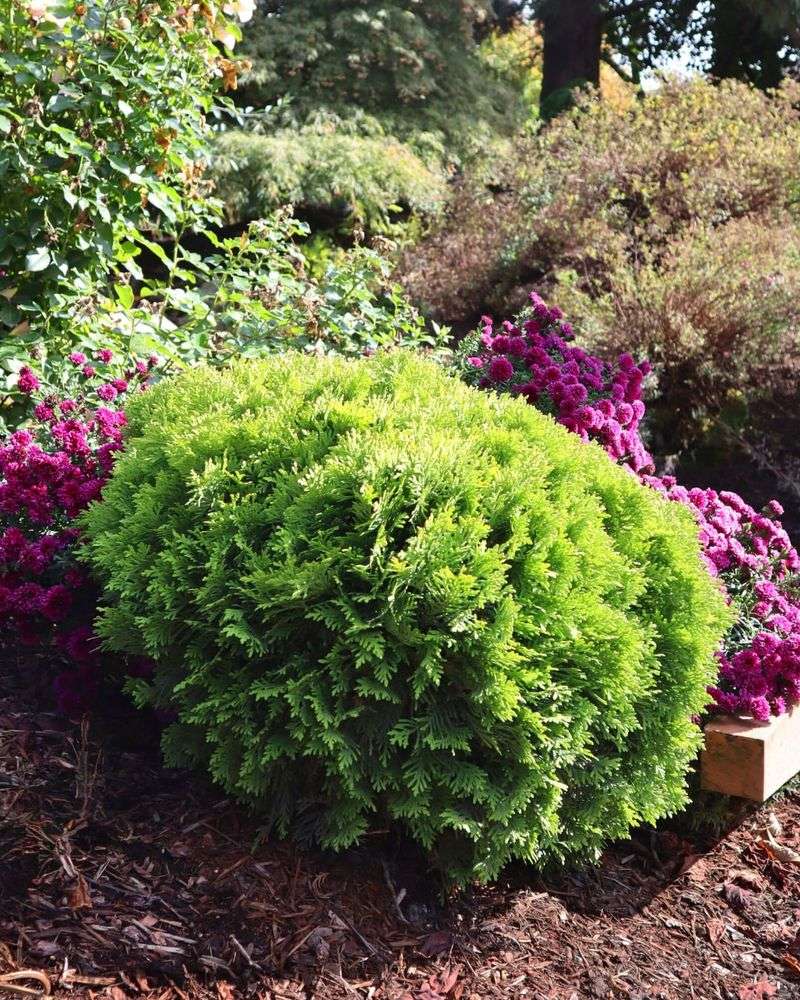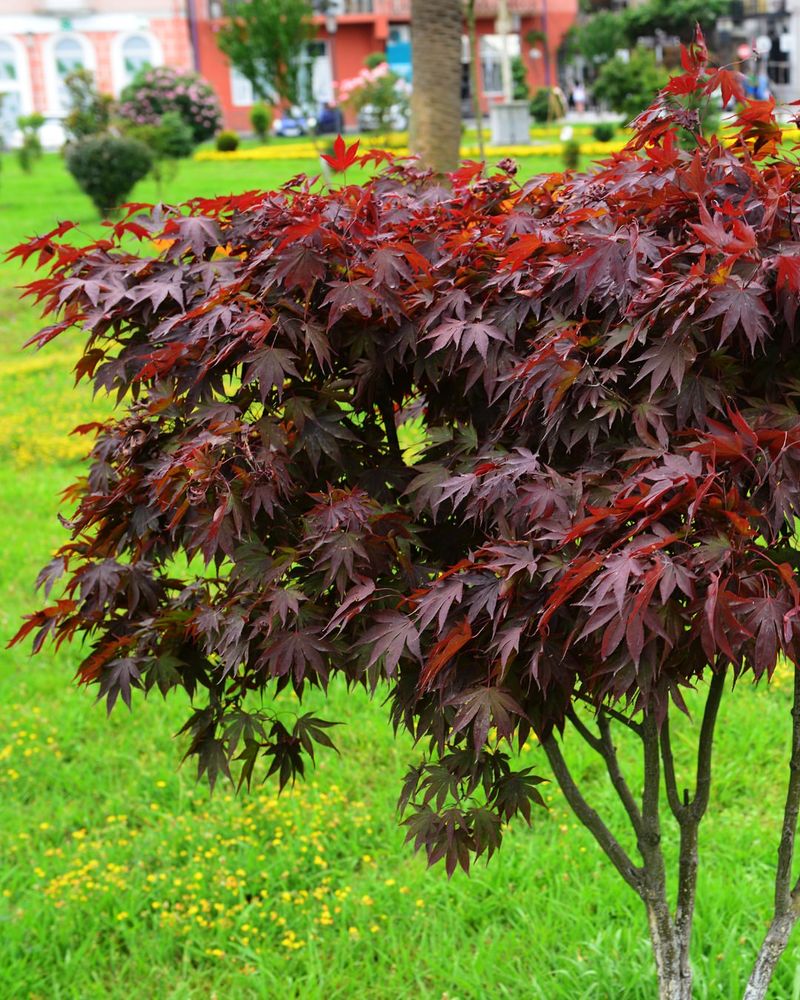Shade may seem stubborn in a Montana yard, but it can turn into a rich canvas with the right touch. Cool corners and dim nooks often hide the potential for bold texture, deep color, and layered beauty.
With thoughtful plant choices and smart layout decisions, a shaded space shifts from dull to striking in no time. A lush shade garden brings calm, contrast, and character that stands strong through Montana’s changing seasons.
1. Embrace Native Ferns For Natural Beauty
Native ferns bring an effortless woodland charm to any shaded corner. Montana’s lady ferns and wood ferns thrive in moist, cool spots where other plants struggle.
Their delicate fronds create soft textures that dance gently in the breeze. Plant them near rocks or along pathways where their graceful form can be appreciated up close. They need minimal care once established and return year after year with renewed vigor.
2. Layer Hostas For Bold Foliage Impact
Hostas are the workhorses of shade gardening, offering incredible leaf variety. From blue-green giants to golden miniatures, these perennials create stunning visual layers.
Their thick leaves form dense clumps that suppress weeds naturally. Choose different sizes and colors to build depth and interest throughout your garden beds. Montana’s cool nights help hostas develop their richest colors, making them especially vibrant in mountain regions.
3. Add Astilbe For Feathery Color Bursts
Astilbe flowers look like colorful feather dusters rising above fern-like foliage. These moisture-loving perennials bloom in early to mid-summer with pink, white, red, or purple plumes.
Plant them where they’ll get consistent moisture and protection from harsh afternoon sun. Their flowers last for weeks and even the dried seed heads add winter interest. Astilbe pairs beautifully with hostas and ferns for contrasting textures.
4. Create Groundcover Carpets With Ajuga
Ajuga spreads quickly to form a living carpet that chokes out weeds. Its glossy leaves come in bronze, purple, or variegated patterns that stay attractive all season.
Blue-purple flower spikes emerge in spring, adding vertical interest to low-growing foliage. This tough groundcover handles Montana’s temperature swings without complaint. Use it under trees or along shaded walkways where grass refuses to grow well.
5. Install A Winding Shade Garden Path
Pathways invite exploration and make maintenance easier in densely planted areas. Curved paths create mystery and make small gardens feel larger than they actually are.
Use materials like wood chips, flagstone, or gravel that complement Montana’s natural landscape. Line your path with shade-loving plants that soften the edges and create an immersive experience. Good pathways also prevent soil compaction around delicate plant roots.
6. Incorporate Coral Bells For Year-Round Color
Coral bells offer incredible foliage colors that brighten dark spaces year-round. Leaves range from deep burgundy to lime green, with patterns that look hand-painted.
Delicate flower stalks appear in summer, attracting hummingbirds to your shaded retreat. These tough perennials handle Montana’s cold winters surprisingly well with minimal protection. Mix different varieties together for a tapestry effect that never looks boring or predictable.
7. Build Raised Beds For Better Drainage
Raised beds solve drainage problems common in shaded areas where soil stays damp. Building beds up allows you to control soil quality and composition perfectly.
Fill them with rich, organic matter that shade plants crave for healthy growth. The elevated design also makes planting and weeding much easier on your back and knees. In Montana’s variable climate, raised beds warm up faster in spring for earlier planting opportunities.
8. Add A Water Feature For Soothing Sounds
Water features transform shaded gardens into peaceful sanctuaries with gentle sounds. Small fountains or birdbaths need less sunlight than water lilies, making them perfect for dim spots.
The moisture they add to the air benefits nearby ferns and hostas tremendously. Moving water attracts birds and beneficial insects that bring your garden to life. In Montana’s dry climate, even small water features make a noticeable difference in plant health and garden ambiance.
9. Dwarf Evergreen Accents
Evergreens might not be the first choice for shade, but dwarf varieties like boxwood and juniper can add structure and color all year.
Their compact size makes them perfect for small spaces, providing a lush backdrop without overwhelming the area. Evergreen shrubs offer a contrast to the softer textures of ferns and mosses, creating visual interest.
With their resilience, they thrive in Montana’s cool climate, standing up to the challenges of shade and cold. Try grouping them for more impact, and enjoy a garden that remains vibrant even in the depths of winter.
10. Incorporate Shade-loving Vines
Vines like climbing hydrangea and clematis can transform vertical spaces in your shade garden.
These plants love the gentle light filtering through the trees, offering blooms in whites and purples that catch the eye. By using trellises or pergolas, you create layers of height and depth, drawing the gaze upward.
Vines can soften hardscapes, blending architecture with nature. In Montana, these vines bring a touch of the unexpected to shaded areas, thriving where others might struggle. Their adaptability makes them an excellent choice for dynamic garden design.
11. Introduce Japanese Maples
With their delicate leaves and striking colors, Japanese maples provide a focal point in any garden.
These trees thrive in dappled shade, their vibrant reds and oranges bringing a splash of color that draws attention. Positioned thoughtfully, they can become the centerpiece of your garden.
Japanese maples are well suited for Montana’s climate, adapting to cooler temperatures. Their unique form and seasonal interest make them more than just a plant; they’re a living sculpture in your landscape. A wise choice for anyone seeking elegance and grace.
12. Utilize Woodland Wildflowers
Woodland wildflowers can bring seasonal beauty and color to your shade garden. Trillium, columbines, and violets are native choices that thrive under a canopy.
Their blooms are not only beautiful but also attract beneficial insects, enhancing the ecological health of your garden. These flowers emerge in early spring, signaling the end of winter with a burst of color.
By selecting native species, you ensure your garden is part of the natural rhythm of Montana’s landscapes. Wildflowers offer a connection to the region’s natural heritage, making your garden both beautiful and meaningful.

